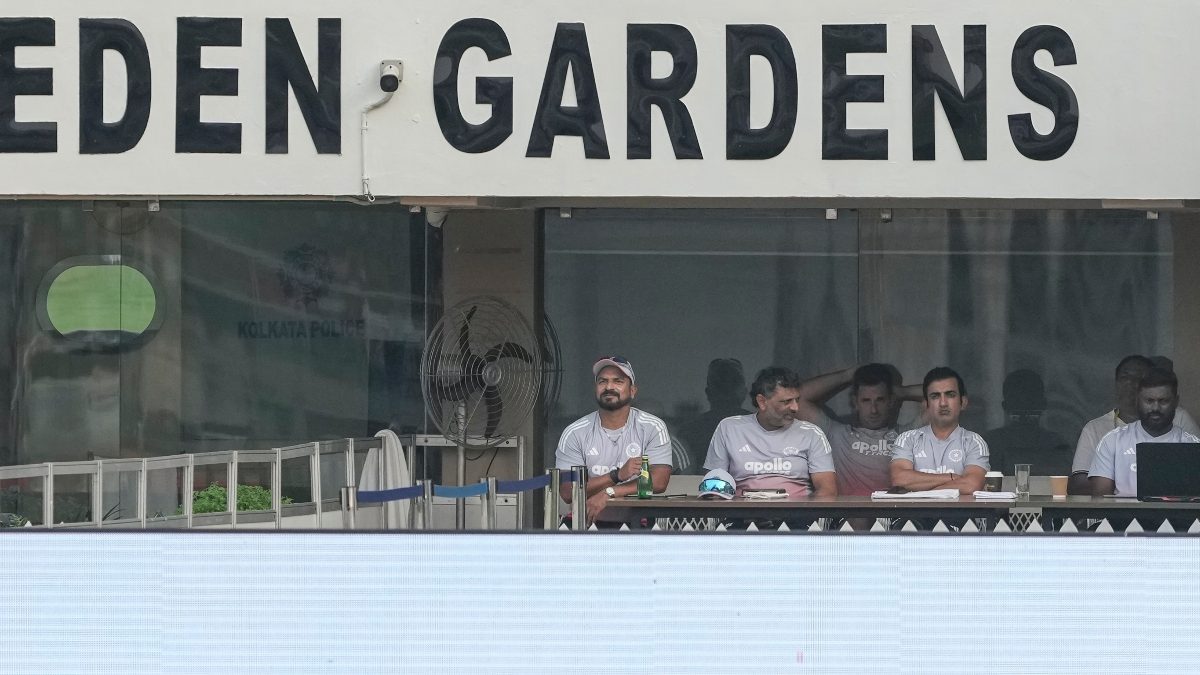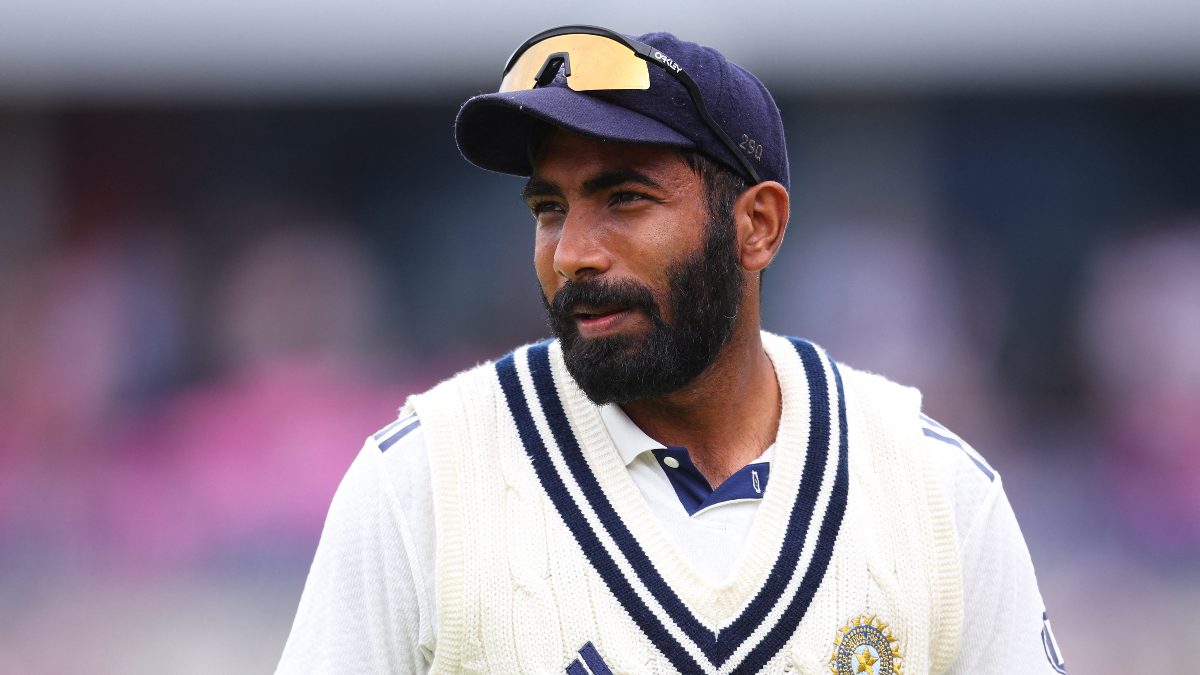Sport has its idiosyncrasies. In essence, it should get decided on the day or through the course of a few days. Nothing else should matter. Not the venue. Nor the occasion. But sport is also partaken by humans. Humans who have emotions. Humans who think. Humans who feel. And that adds the layer of intrigue to sport like few other things ever can.
That is why when teams travel to the Santiago Bernabeu to face Real Madrid, they feel butterflies. Or when sides had to go to the Camp Nou to tackle FC Barcelona. Or when nations had to try and beat Australia at the Gabba.
India, at home and in Test matches, carried that aura too. India was a fortress. For more than a decade. Countless world-class players came, and failed. A few top-drawer sides arrived too, only to meet the same, unforgiving fate.
Joe Root, Steve Smith, Kane Williamson and Michael Clarke – all of who distinguished themselves in run-scoring terms on these shores, were never able to get their team past the finish line as skippers. Indicating just how tough it was, and how the steepness of the task overwhelmed them and other triers.
India’s aura at home is fading fast
But the thing about time is that it changes. And so it seems to have. Encouragingly for touring sides, but problematically for a team that, during one period, would have felt they just needed to turn up, with their aura taking care of the rest.
At the centre of this particular storm is India’s head coach Gautam Gambhir. Mostly because the buck, often, seems to stop at either the captain or the coach. And Gambhir has been the coach in all four home Tests India have lost since the start of last year, which included an unceremonious 3-0 series sweep by New Zealand, who had won only two Tests in the country previously.
Quick Reads
View AllSome of his decisions as coach have been bewildering too. Whether that be asking for a dust bowl in Kolkata, or similarly bowler-friendly tracks against New Zealand in 2024 – both of which brought the visiting bowlers into the game more, and armed them with the requisite firepower.
Omitting Kuldeep Yadav, a genuine match-winner for the entirety of the series in England, despite England’s obvious shortcoming against wrist-spin, led to head-scratching, as did the decision to keep loading the side with all-rounders, not just at home but also overseas.
Injuries, at times, have not aided his cause. But there is a severe lack of continuity in the Test side, and possibly a lack of role clarity. Which the great teams of this century – the likes of Ricky Ponting’s Australia, Greame Smith’s South Africa, MS Dhoni’s India (between 2008-2010) or Virat Kohli’s India - steered clear from.
The team-in-transition excuse will not fly anymore either. Because for three of these four recent home losses, Gambhir had the luxury of calling upon R Ashwin, Rohit Sharma and Virat Kohli. And also, because the batters expected to transition India into their next era, were not playing at all in Kolkata.
Devdutt Padikkal sat on the sidelines and Sai Sudharsan, with an 87 in his last Test, was excluded for another all-rounder. Washington Sundar played as India’s number three and gave a good account of himself, but he is not a specialist batter. At least not yet. And should be competing for the all-rounder’s slot with Axar Patel and Ravindra Jadeja because Test matches, if the memo has not yet reached this regime, are not won by the team that has more all-rounders.
Having all-rounders is, of course, desirable because of the balance it accords. But not at the cost of specialists, who as the name suggests, specialise in just one skill and have, by the mere law of percentages, a greater chance of succeeding in that particular facet. Despite all the promise Axar and Sundar have shown with the bat.
And anyway, having four spinners, on a pitch that resembled a minefield, was two spinners too many. Because, spoiler alert, only two can bowl at a time. Sundar bowling just a solitary over across two innings drives that point home. And with the pitch offering so much and with Jasprit Bumrah and Mohammed Siraj also in the mix, the need for a fifth option, let alone the sixth, is often rendered moot.
India trying to redefine Tests under Gambhir, albeit unsuccessfully
Gambhir’s diktat to curators, as told by the man himself, has also been for abrasive, react-every-ball type of surfaces, while he continues opting for extra bowling alternatives, which will not be needed at all.
That, in many ways, highlights Gambhir’s cluttered thinking as India’s red ball coach. Almost like he wants too many cooks in his kitchen. Each should know how to boil water and cut vegetables as the bare minimum. But it is fine if none of them know how to whip up a fully complete sumptuous meal. And the hope is that someone, eventually, will stumble upon the right recipe. By chance, or by trial and error.
Gambhir has been at the other end of this spectrum too. Notably in Australia and more recently in England. Where bowling incision was sacrificed for batting depth. England crashed and burned on more than occasion, allowing India to restore parity. But Australia, capable of both tightening up and grinding the opposition’s nose into the turf, punished India.
Also Read | How stunning defeat against South Africa affects India's WTC campaign? Scenarios explained
In white-ball formats, prioritising the depth of one suit over the other, does have a place. Because it is bound by time and overs. Meaning whichever department is a little light, its shortcomings, through tactics, situations and possible pre-empting, could be masked. And that is why this approach has mostly worked a charm for Gambhir in ODIs and T20Is.
But Tests do not follow that script. And the result is that India are here. In a bit of a crisis. Which will inevitably lead to introspection of the most severe kind. A former player (read Cheteshwar Pujara), part of India’s utterly dominant home record until very recently, even called such a defeat tough to digest - transition period or not.
The worst part is that India have gotten here defying logic and cricketing sense. Trying to redefine a format that has largely withstood the white-ball avalanche, and still urges relying on age-old, established principles. And if it keeps on continuing this way, India will belie the expectations fans and the players themselves might have placed.
A home Test defeat for India, a year ago, felt unnatural. A home Test series loss, unheard of in the last decade. And four losses in the six most recent Tests, unprecedented historically.
India, up until the New Zealand series, resembled a fortress. A breach-at-your-own-risk kind of fortress too. With a big warning sign that if you come at the kings, you’d best not miss.
Now, this seems open season. For anyone and everyone. The fortress has not just been breached, it is being pilloried, with India, ironically, providing the ammunition and industrial tools. That their general, so good when having to take the initiative in a limited span, but still unsure of what he wants to do when patience, rather than immediate pragmatism becomes the necessity, is not helping one bit.
And from the outside, it does make you wonder how long, especially in this format and especially at home, will this be sustainable, And how long that fortress tag – of teams and players baulking at the Indian challenge - will stick. Provided…it has not been scrubbed off already.


)

)
)
)
)
)
)
)
)



